As 2023 draws to a close—and as we start to finalize our Game of the Year contenders—I really should be catching up on the embarrassingly long list of great recent releases that I haven't put enough time into this year. Instead, over the last few days, I've found myself once again hooked on a simple, addictive, and utterly unique Japanese Windows freeware game from the late '90s that, until recently, I thought I had lost forever.
Pendulumania is a cult classic in the truest sense of the word: Few people have heard of it, even in hardcore gaming circles, but those who have experienced it tend to have very fond memories of it. And while I shared those memories, it wasn't until this week that I've been able to share my effusive praise for a game whose name and playable executable had eluded me for well over a decade.
Timeless design
The mechanics of Pendulumania are incredibly simple. You use the computer mouse to control a metal ring, which is attached via an elastic string to a white ball. The object is to carefully move the ring so the stretchy string and gravity can nudge the ball around a 2D plane, crashing into floating scoring orbs to collect points (colored orbs that randomly appear can make the ball larger or the string stronger as well). Be careful, though; if the elastic string stretches too far, it will break and your game will be over.
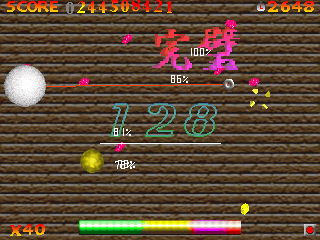
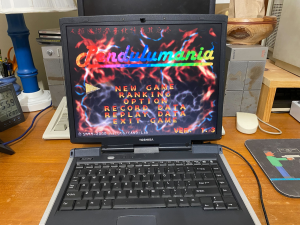
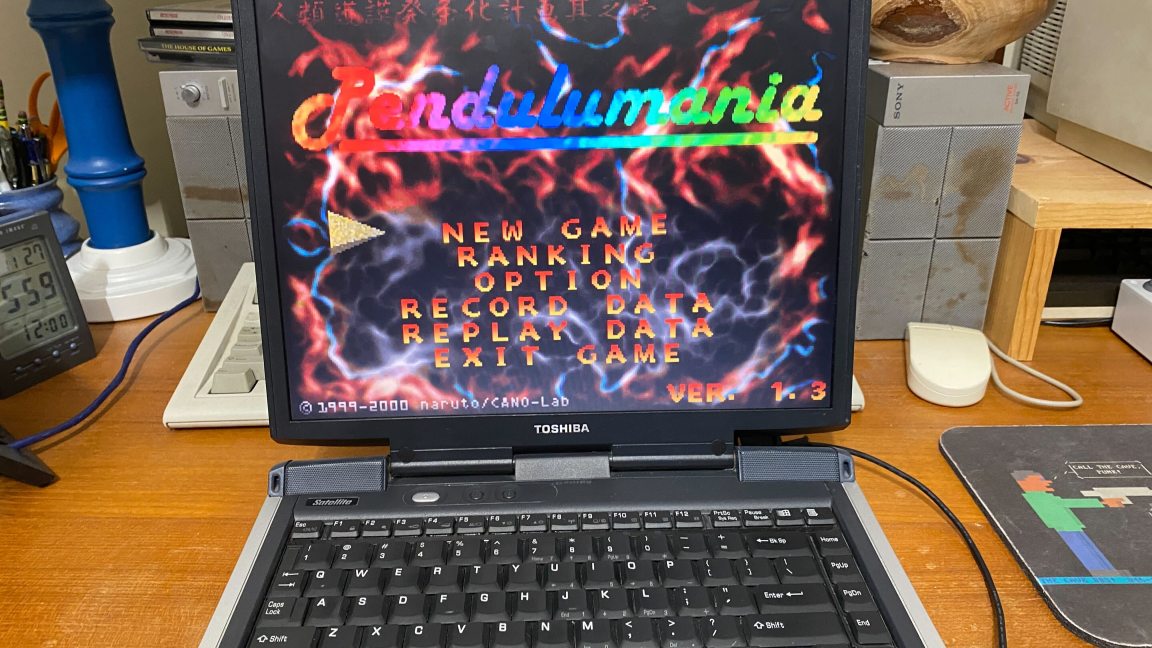
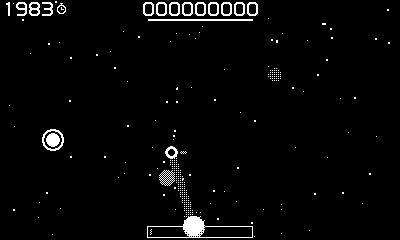
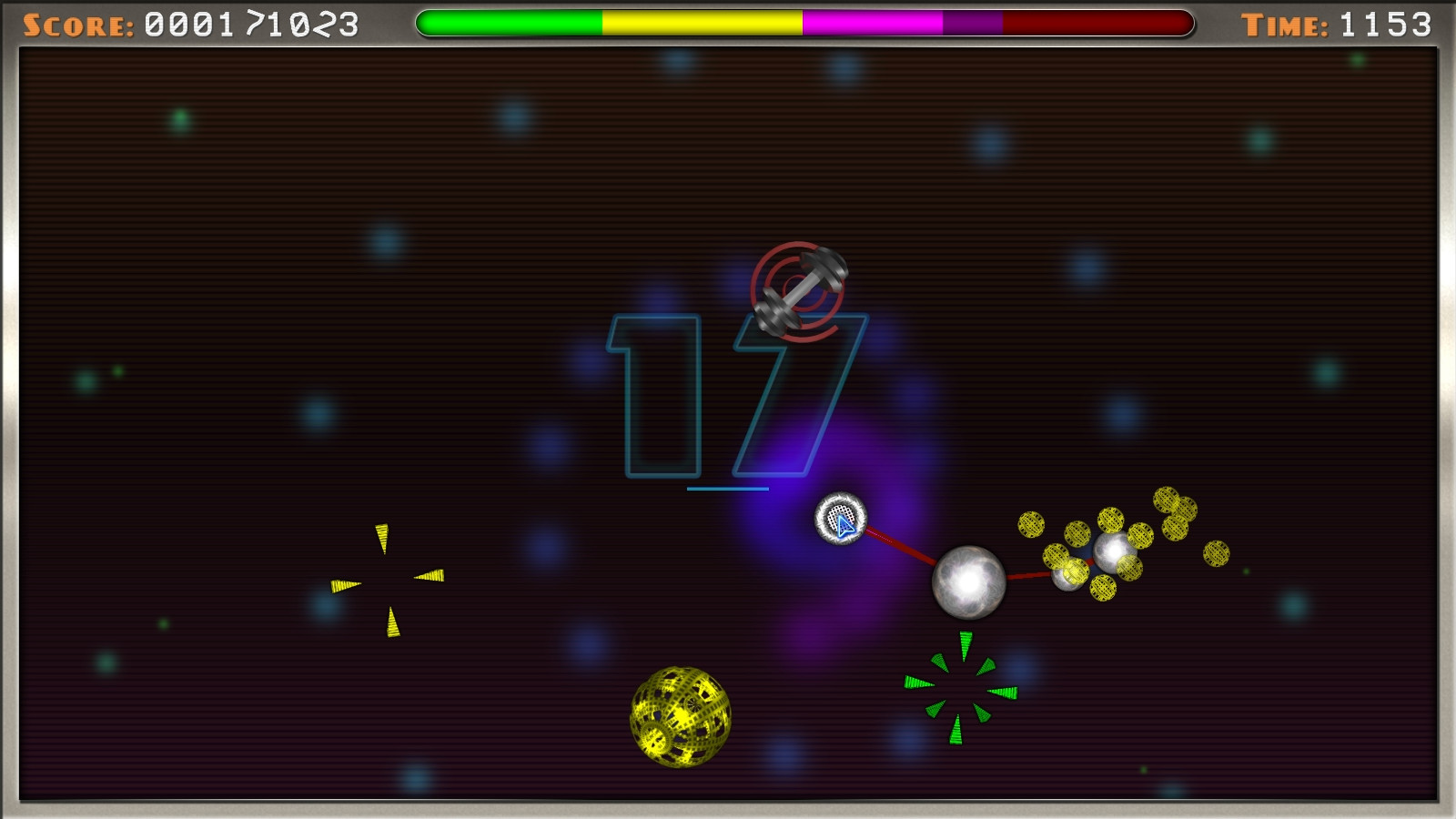
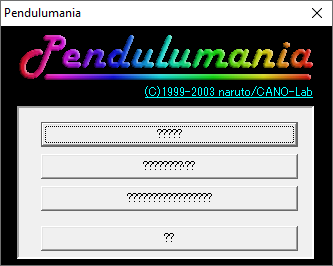
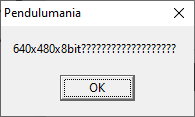
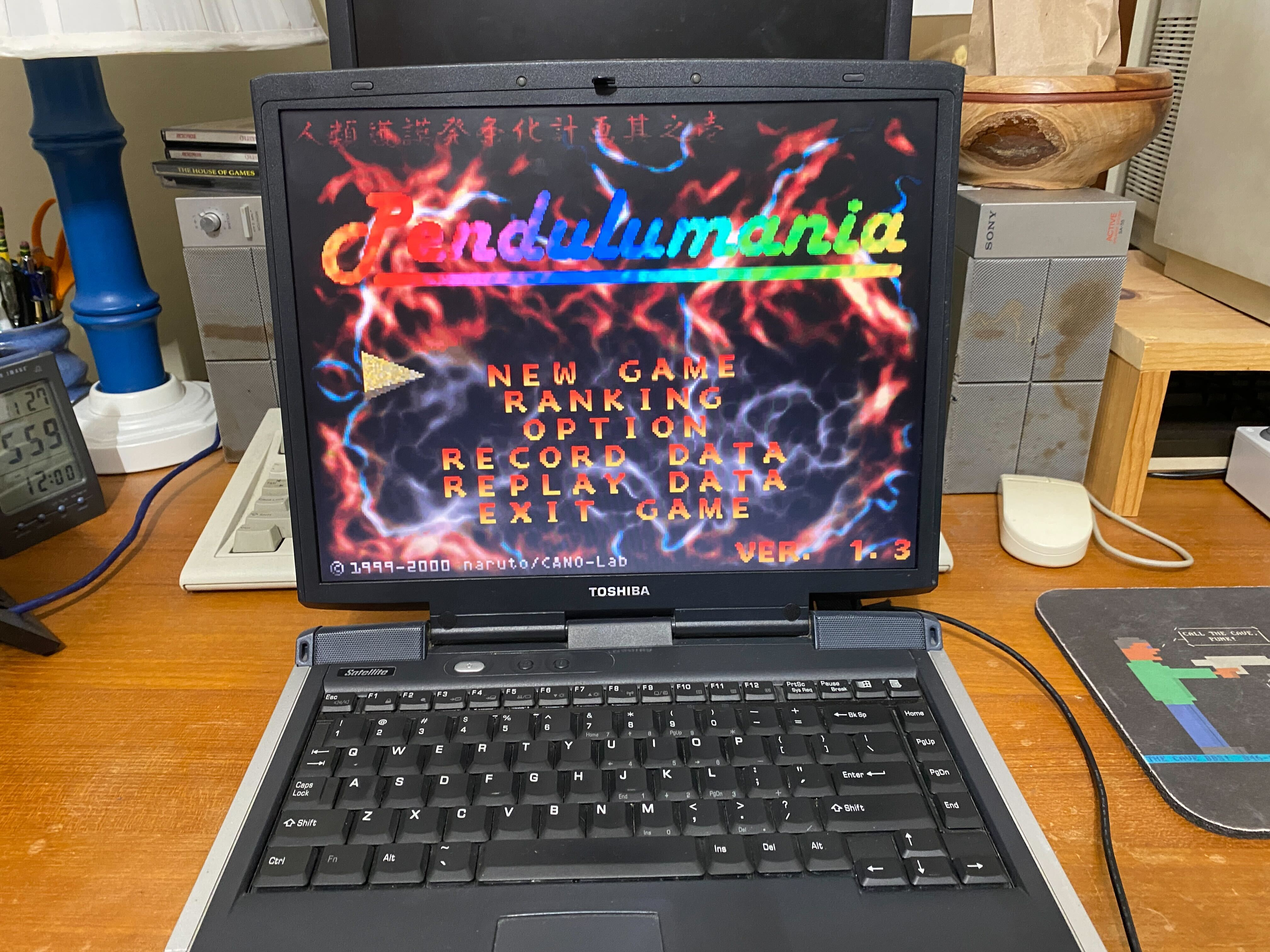





I've been banging the Pendulumania drum for 20 years now so I'm thrilled to see it get some coverage. With my game YOYOZO I took the basic concept and transplanted it onto a handheld, and added some novel things of my own (such as a spin trick for double points). I'm happy to see you on the online scoreboard.
Soon I'll challenge your Pendulumania score, and maybe you can challenge my YOYOZO score? Cheers!
Sadly the Windows compatibility mode options aren't enough to get old DirectX games like Pendulumania working. That's why DxWnd was created, and is the only solution to run it natively on modern Windows. The deeply technical reasons are documented at the DxWnd page.